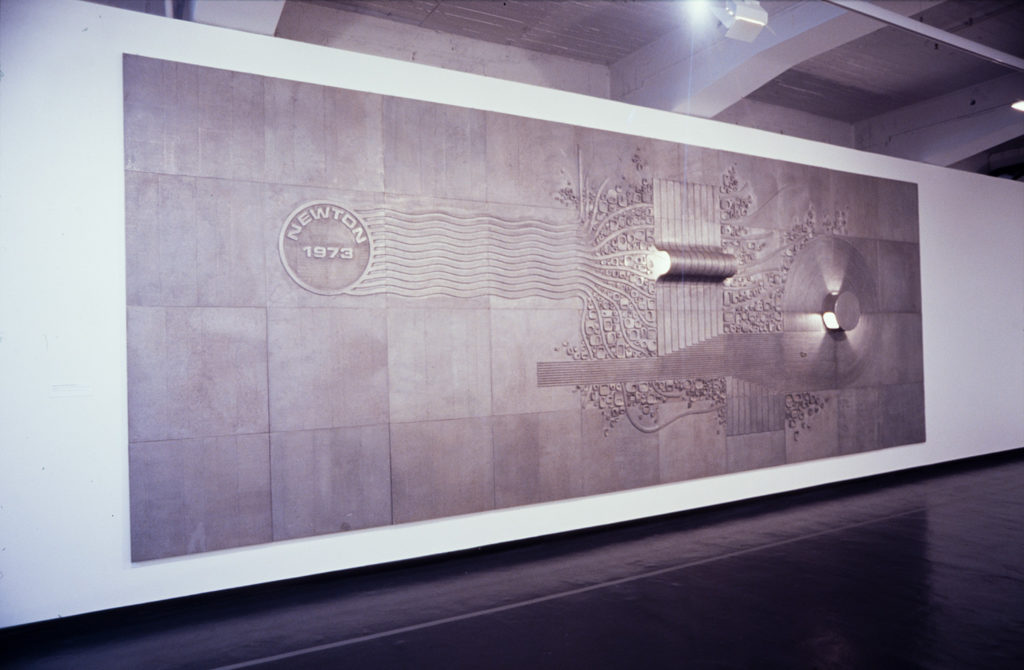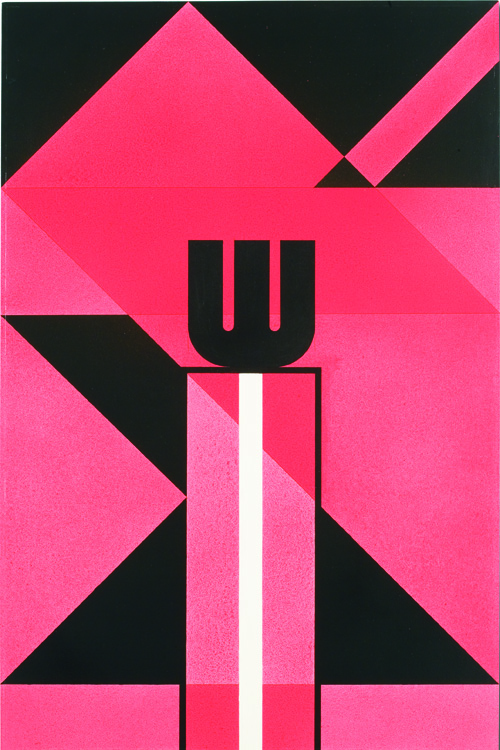CURATOR Heather Galbraith
Wellington artist Guy Ngan, aged eighty, is an unsung New Zealand artist, known for his large-scale public works. This is his first public-gallery show since 1979.
Ngan was born in Wellington in 1926, to Chinese parents. He spent much of his early childhood in China, returning to New Zealand for schooling. In 1951, he studied at Goldsmith’s School of Art, London, shifting to the Royal College of Art, later that year. In 1954, on graduation, he was given a Royal College Continuation Scholarship and a British Council scholarship to the British School in Rome. In 1956, he returned to New Zealand to become a public-art consultant in the Architectural Division, Ministry of Works. He stayed until 1960, when he went to work for Stephenson and Turner Architects until 1970. Ngan has had a long involvement with the New Zealand Academy of Fine Arts, including ten years as Director (1976–86).
When Ngan is approached to gauge his interest in mounting a solo exhibition, he is adamant that he is ‘too young for a retrospective’. Instead, he wants to develop a project on his long-held fascination in the history of early Pacific settlement. In the show, he explores his place in the Pacific, and Aotearoa particularly.
Ngan's Tiki Hand paintings and Anchor Stone sculptures are homages to early navigators, who traversed oceans from Southeast Asia to Micronesia, Melanesia, and Polynesia. They reveal Ngan's engagement with modernist formalism and 'truth to materials' while evolving a personal vocabulary of symbols. Oceania 6 (1976) depicts a bird’s-eye view of a Pacific archipelago. In Searching (1973), an ocean-going waka (canoe) form is printed over a painted surface. Tiki Hands II (Green Fingers) (1971–2005) and Tiki Hands Generations pay tribute to genealogy and ancestors. Tiki Hands Encompassing Immense Space (1978–2002) acknowledges ocean-crossing achievements and Tiki Hand Triumphal Elevation (1985–2005) celebrates arrival and new beginnings.
The Anchor Stone sculptures are inspired by a taonga, Maungaroa te Punga Tapu o te Waka Matahorua, now at Te Papa. Known as Kupe’s Anchor Stone, it is thought to be from legendary early Māori explorer Kupe’s waka Matahorua, which moored for a time in Porirua harbour. It is said, this greywacke boulder was left behind when a new local stone replaced it. Anchors made from stones have been used by many seafaring peoples. Ngan is captivated by their form, but also how they represent landfall. The seven sculptures in the show are a small sampling of works in this series, and include forms carved in a range of woods and cast in bronze.
Guy Ngan’s public works come from a time when such works were routinely commissioned for public and commercial buildings. In the show, this dimension of his work is represented by the cast-aluminium mural he made for Auckland’s Newton Post Office (1973). There are Ngan public works in Wellington, including a sculpture on the façade of the Reserve Bank building on the Terrace, a concrete relief on the National Archives building in Thorndon, and a concrete sculpture in the Stokes Valley roundabout.
Guy Ngan dies on 26 June 2017, aged 91 years.

















































